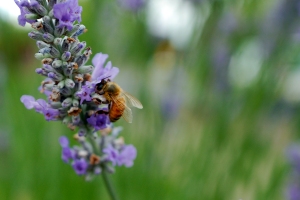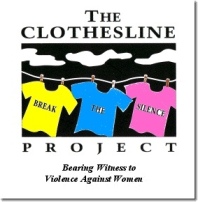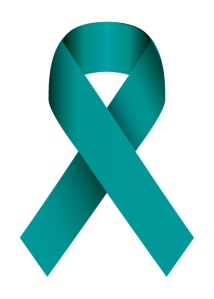Enjoy another great installment of “Bees in my Bonnet” and for those of you in the US have a great Thanksgiving!
A dad examines the message that telling jokes about buying a shotgun when his daughter starts dating send.
“One thing I’ve learned is that one person’s illogical belief is another person’s survival skill. And nothing is more logical than trying to survive.” It is so easy to judge others, criticize what have not experienced and do not understand.
Over at Defeating the Dragons the author is doing a series called “learning the words.” One of her posts is about consent and how she, and others in fundamental, or overly conservative cultures, can take back the word.
Another Defeating the Dragons post about what Twilight and the movie Fireproof have in common and how they contribute to, and possibly even encourage abuse.
The myths about domestic violence, abuse, rape, and other forms of gender-based violence are becoming increasingly visible. What isn’t being discussed as much is how supposedly safe and progressive spaces can also harbor abusive individuals and how to deal with that.
A woman struggles with purity culture, feminism, and the concept of virginity.
The anti-domestic violence movement is still fairly new, relatively speaking. And it is mainly focused on hetero couples. This does a great disservice to the experiences of those in same-sex relationships that are abusive. Domestic violence does not discriminate based on sex, gender, race, economic status, or education. This article does a great job of addressing the silent epidemic of abuse in same-sex relationships.
The Male Privilege Checklist, compiled by Barry Deutsch, is an adaptation of Peggy McIntosh’s The Invisible Knapsack written about white privilege. Both challenge privileged groups (men and white people respectively) to not only open their eyes to the privileges they enjoy but to acknowledge them. For example, I as a white woman can go to the store and by a flesh-colored band-aid knowing that it is my flesh color, but my driving ability may be questioned because of my gender.
An awesome post about some amazing men who are standing against misogyny and sexism.
“Being an ally isn’t a title you claim. It’s not who you are – it’s what you do…” Another great post about male privilege in relation to feminism.
For (cringe worthy) fun 25 super inappropriate ads that somehow made is past marketing into our magazines.
“This short doc [It Gets Messy in Here] challenges gender assumptions and gender identities of all kinds by delving into the bathroom experiences of masculine identified queer women and transgendered men of color…”



